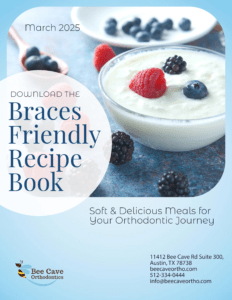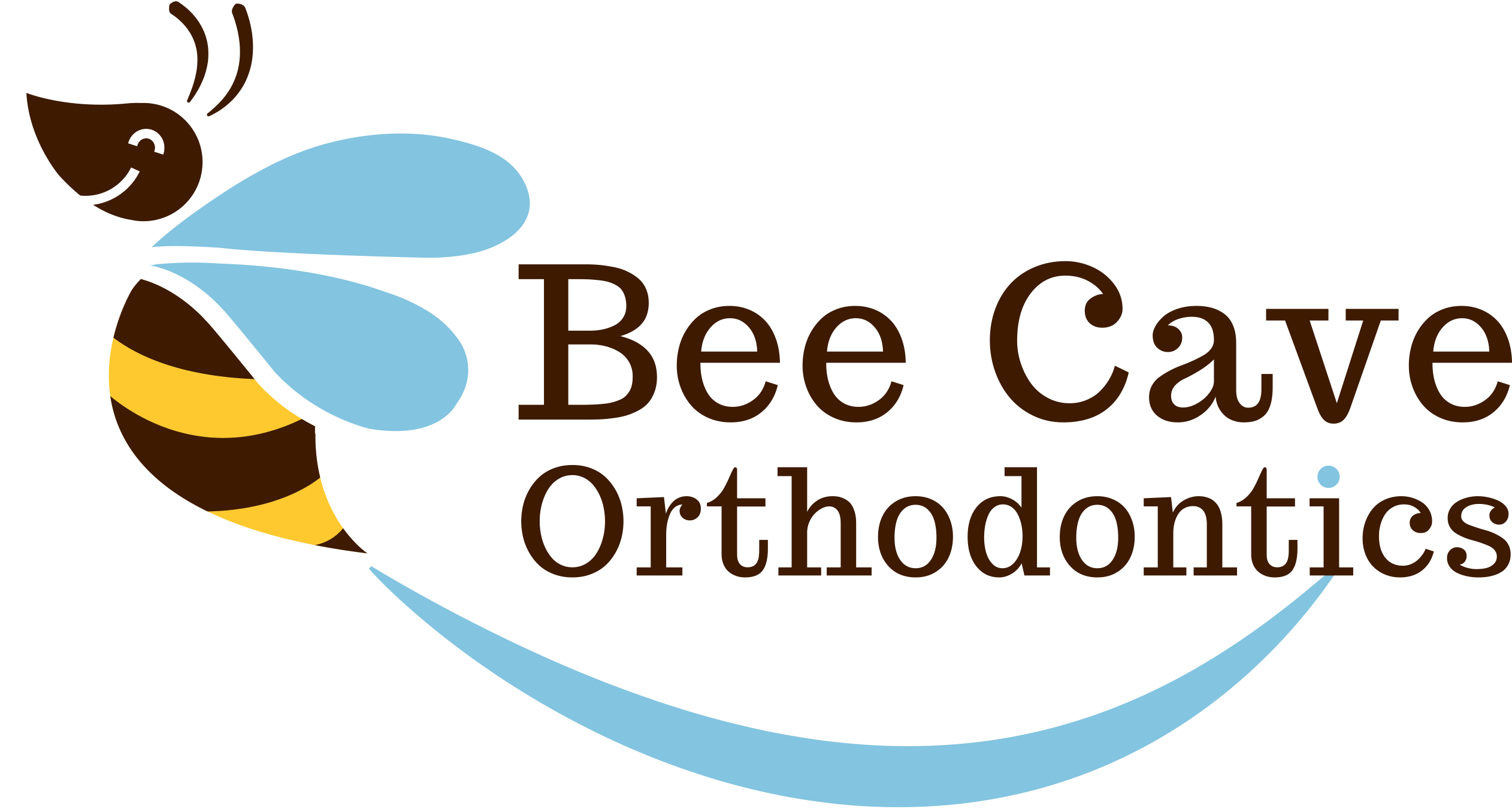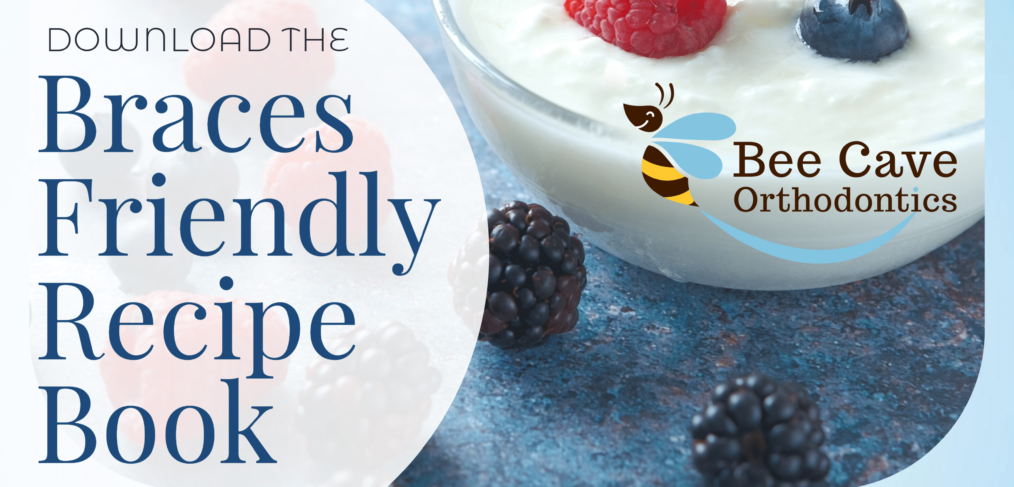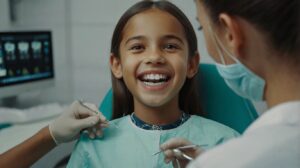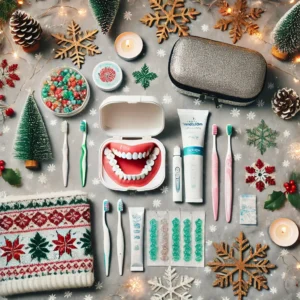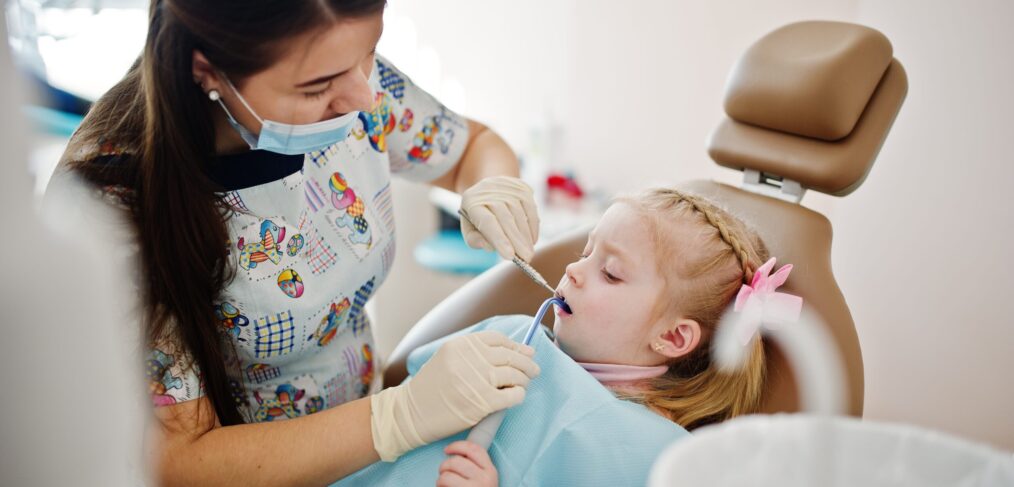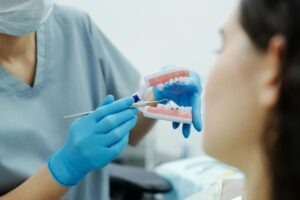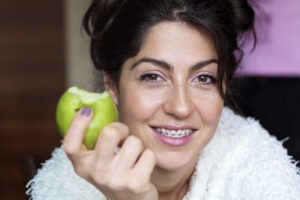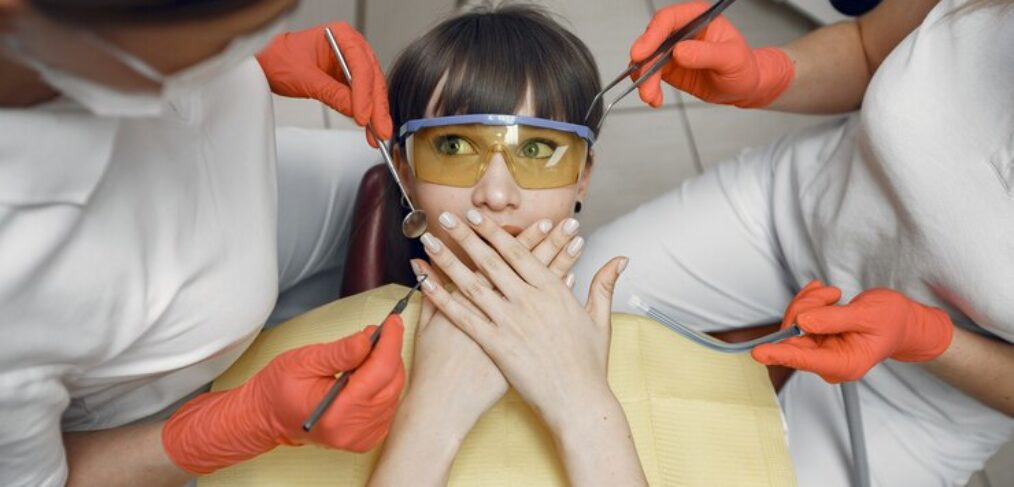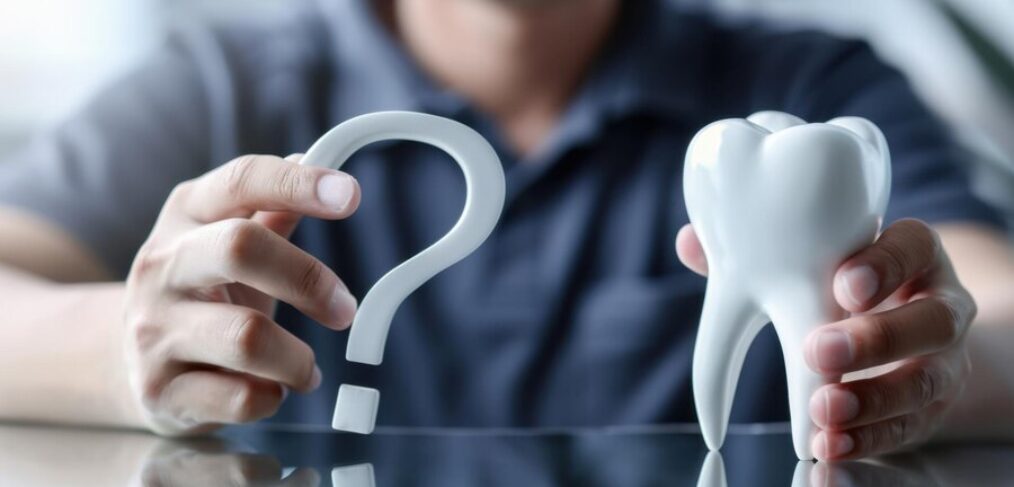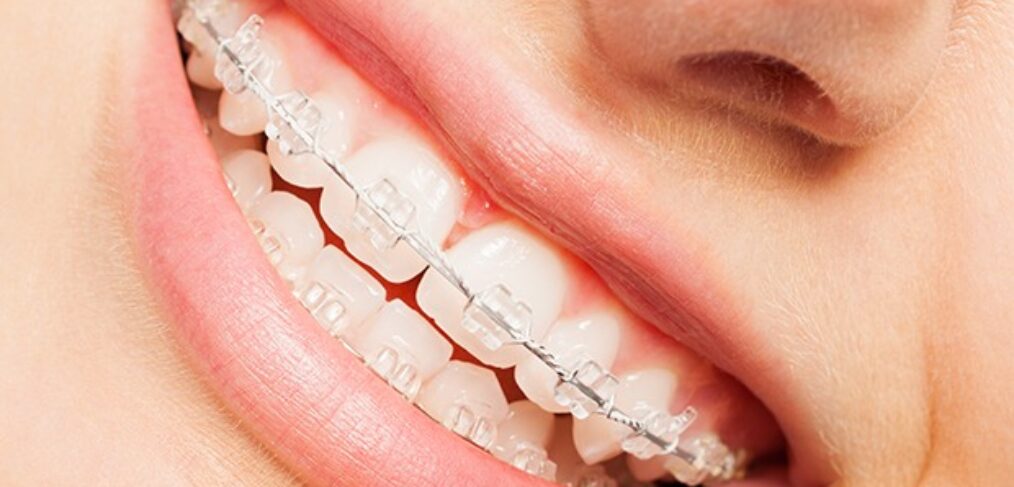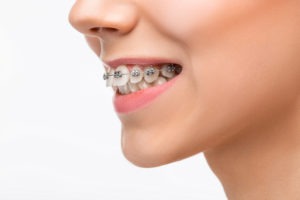Myths About Orthodontics Treatments Debunked – Bee Cave Orthodontics – Austin, Texas
Orthodontics, a specialized branch of dentistry, focuses on correcting misaligned teeth and jaws to improve both function and appearance. Despite the widespread availability of orthodontic treatments, numerous myths persist, leading to confusion and hesitation among potential patients. To set the record straight, we’re debunking some of the most common misconceptions surrounding orthodontics, especially for those considering treatment in Austin, Texas.
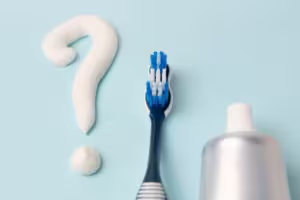
Myth 1: Orthodontic Treatments Are Only for Children
One of the most common misconceptions is that orthodontic treatments are only for kids or teens. While it’s true that many people get braces during childhood or adolescence, orthodontics is not exclusive to younger individuals. Adults can benefit from treatments just as much, if not more.
Today, more adults are seeking orthodontic care than ever before, with about 1 in 4 orthodontic patients being over the age of 18. Advancements in technology have made treatments like clear aligners and less noticeable braces more appealing to adults who want to improve their smiles without the traditional look of metal braces. So, whether you’re 15 or 50, orthodontic treatments can still transform your teeth and boost your confidence.
Myth 2: Braces Are Painful and Uncomfortable
When people think about braces, they often imagine discomfort and pain. However, this belief is outdated. While it’s true that wearing braces or aligners can cause temporary discomfort, particularly after adjustments or switching to a new set of aligners, the pain is usually minimal and short-lived.
Orthodontists today use advanced techniques and materials designed to minimize discomfort. Braces have become smaller, smoother, and more efficient at shifting teeth, so patients experience less irritation than they might have in the past. Clear aligners, like Invisalign, offer an even more comfortable alternative, as they’re custom-made to fit snugly over your teeth without wires or brackets.
Myth 3: You Can’t Eat Certain Foods With Braces
Many people believe that braces severely limit what you can eat, but this isn’t entirely true. While it’s advisable to avoid hard, sticky, or chewy foods that could damage the wires and brackets, most patients can still enjoy a wide range of their favorite meals. Softer foods, like pasta, yogurt, soft fruits, and cooked vegetables, are always safe, and with a little caution, you can still enjoy some crunchy or chewy foods in moderation.
If you’re concerned about food restrictions, clear aligners might be a good alternative. Since aligners are removable, you can continue to eat your favorite foods without restrictions as long as you brush and clean your teeth before reinserting them.
Myth 4: Braces Take Years to Work
A common myth is that orthodontic treatments take years to complete. While the length of treatment varies based on the individual’s specific needs, advances in technology have shortened the time it takes to achieve optimal results.
The average treatment time for braces is typically 18 to 24 months, but some patients see results sooner. Innovations like self-ligating braces and accelerated orthodontic techniques can reduce treatment time while still delivering excellent outcomes. It’s important to remember that every case is unique, and your orthodontist in Austin, Texas, will provide you with a personalized treatment plan and timeline during your consultation.
Myth 5: Orthodontic Treatments Are Just Cosmetic
Orthodontic treatments are often seen as purely cosmetic, focused solely on improving the appearance of your smile. While orthodontics does enhance aesthetics, its benefits go far beyond looks.
Misaligned teeth and improper bites can lead to various oral health issues, including difficulty chewing, speech problems, and an increased risk of tooth decay and gum disease. By correcting alignment and bite issues, orthodontic treatments can improve the overall function of your mouth, promote better oral hygiene, and even prevent jaw pain and temporomandibular joint (TMJ) disorders. So, while a straight smile may be the most noticeable result, the health benefits are equally important.
Myth 6: DIY Orthodontics Work Just as Well as Professional Treatments
In recent years, DIY orthodontics and mail-order aligners have gained popularity, promising quicker and cheaper alternatives to professional orthodontic care. However, attempting to straighten your teeth without proper supervision from a trained orthodontist can lead to serious complications.
Orthodontic treatments involve much more than just moving teeth into place. A qualified orthodontist takes into account your jaw alignment, bite, and overall dental health to ensure that your treatment is safe, effective, and long-lasting. Without professional oversight, DIY orthodontics can cause tooth damage, gum problems, and even permanent changes to your bite.
It’s essential to seek orthodontic care from a licensed professional, such as the many skilled orthodontists in Austin, Texas, to ensure a safe and effective treatment process.
Myth 7: It’s Too Expensive to See an Orthodontist
Many people avoid orthodontic care because they believe it’s prohibitively expensive. While orthodontic treatments can be an investment, many dental offices offer flexible payment plans and accept a variety of insurance plans to make care affordable. Moreover, the long-term benefits of properly aligned teeth—such as avoiding costly restorative treatments down the line—can outweigh the initial cost.
Consulting an orthodontist can help you explore your options and find a treatment plan that fits your budget.
Schedule a free consultation!
Don’t let common myths keep you from achieving the healthy, beautiful smile you deserve. Whether you’re a child, teenager, or adult, modern orthodontic treatments can cater to your unique needs, providing comfort, efficiency, and lasting results.
We appreciate your support and look forward to continuing to provide exceptional orthodontic care to the Austin community.
Click here to schedule a free consultation!
